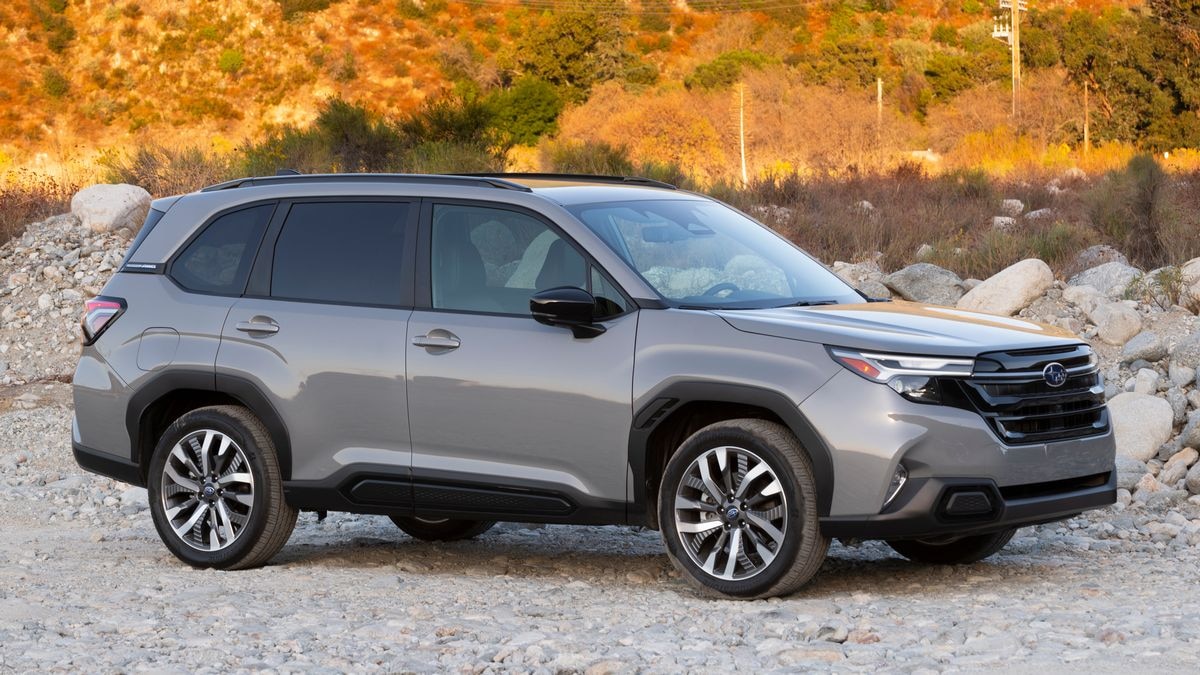
Best Subaru Forester Years to Buy Used
A used Subaru Forester has much to offer, including excellent resale value and standard all-wheel drive.

A used Subaru Forester has much to offer, including excellent resale value and standard all-wheel drive.

Need a new truck? We’ve got you covered, putting together the list of the 15 more affordable trucks on the market this year.

Smart 2025 used-car buying guide: prices and rates, budgeting and preapproval, inspections, CPO vs. private sales, negotiation, and closing the deal.

Learn how to finance a car, understand auto rates and terms, set a budget, boost your credit, and find the best deal in 2025.
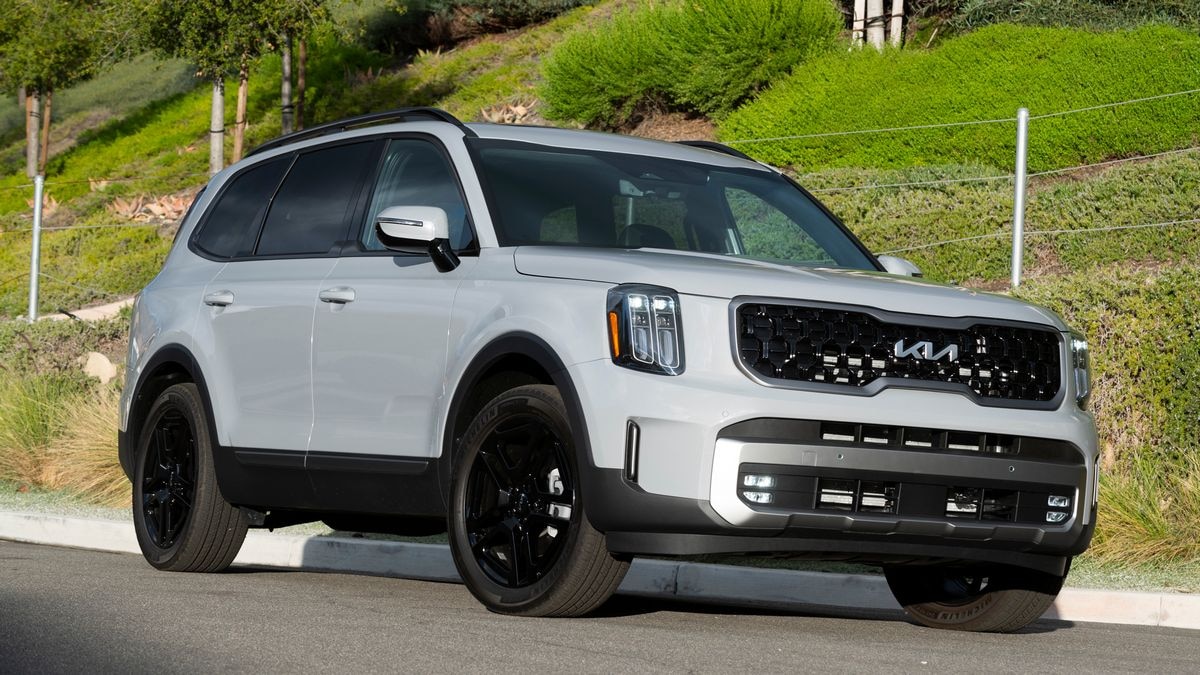
Looking for a modern three-row SUV with lots of style and safety? Consider a used Kia Telluride.
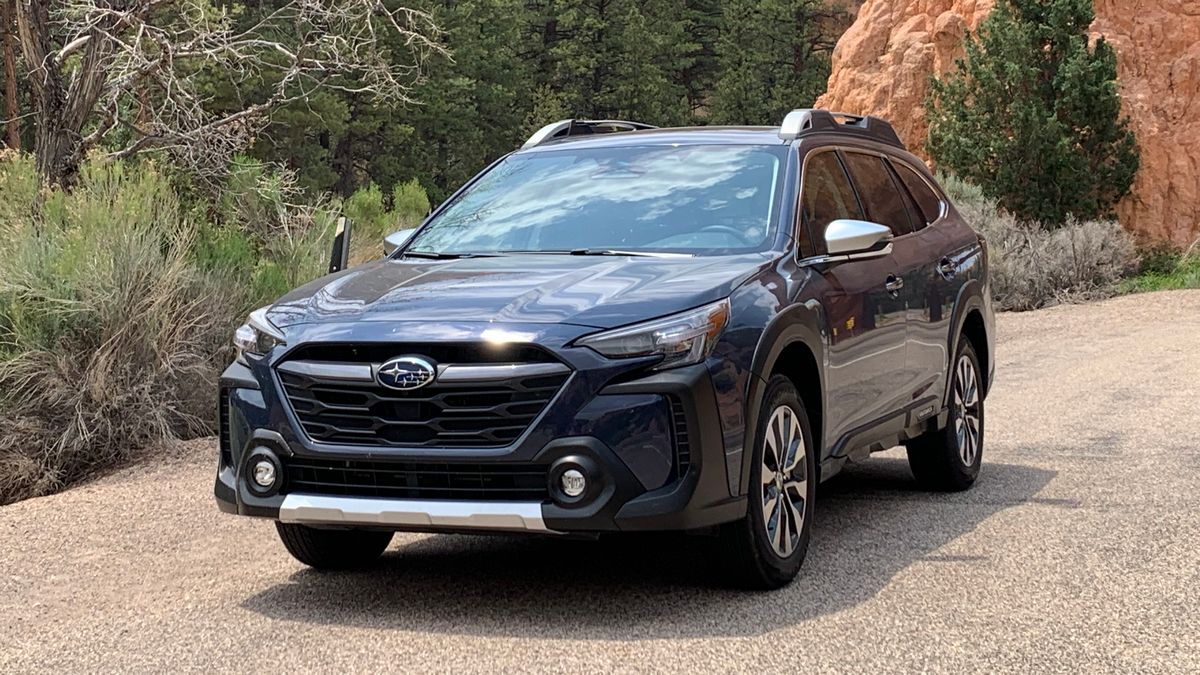
A used Subaru Outback offers year-round driving confidence in roomy wagon with excellent resale, safety, and reliability ratings.
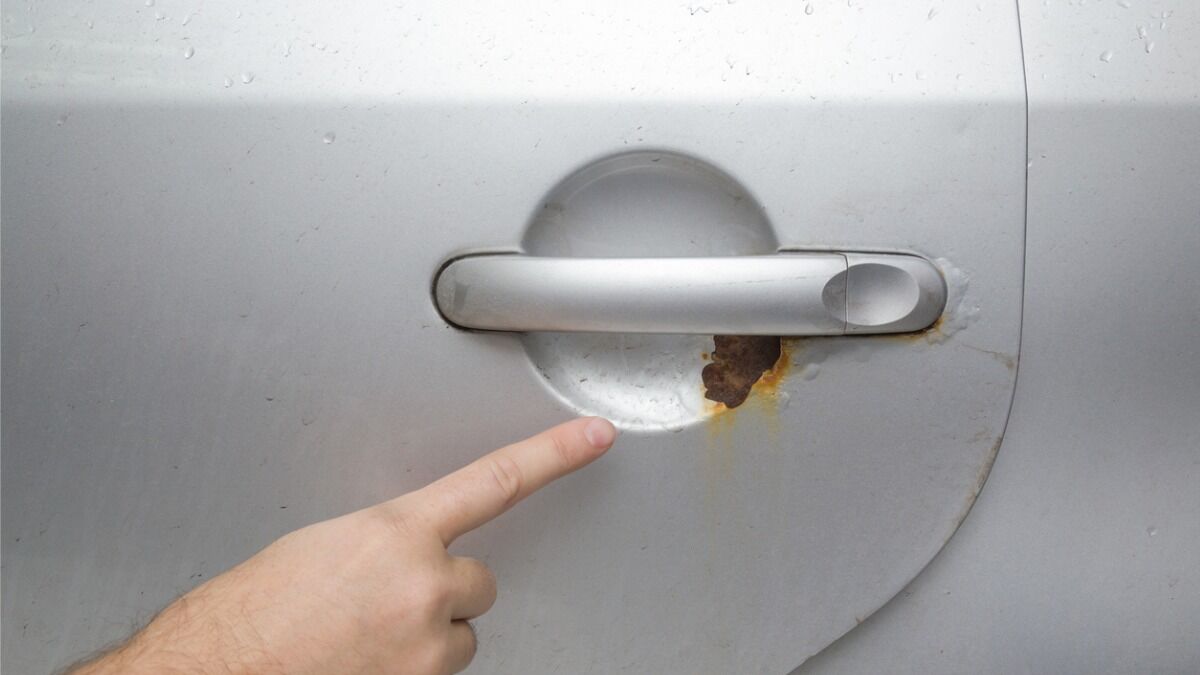
Quick Facts About Touching up Car Paint Whether you need to prepare your used vehicle for resale or trade-in, or you want to improve its appearance for appearances’ sake, car touch-up paint can be an ally. As you continue reading, we will not only tell you why you might want to fix those scratches and paint…

Find out if you can return a car after purchase, key exceptions, and your options if returns aren’t allowed.

With the massive rise in the popularity of SUVs, there’s a fun-to-drive option out there for everyone.
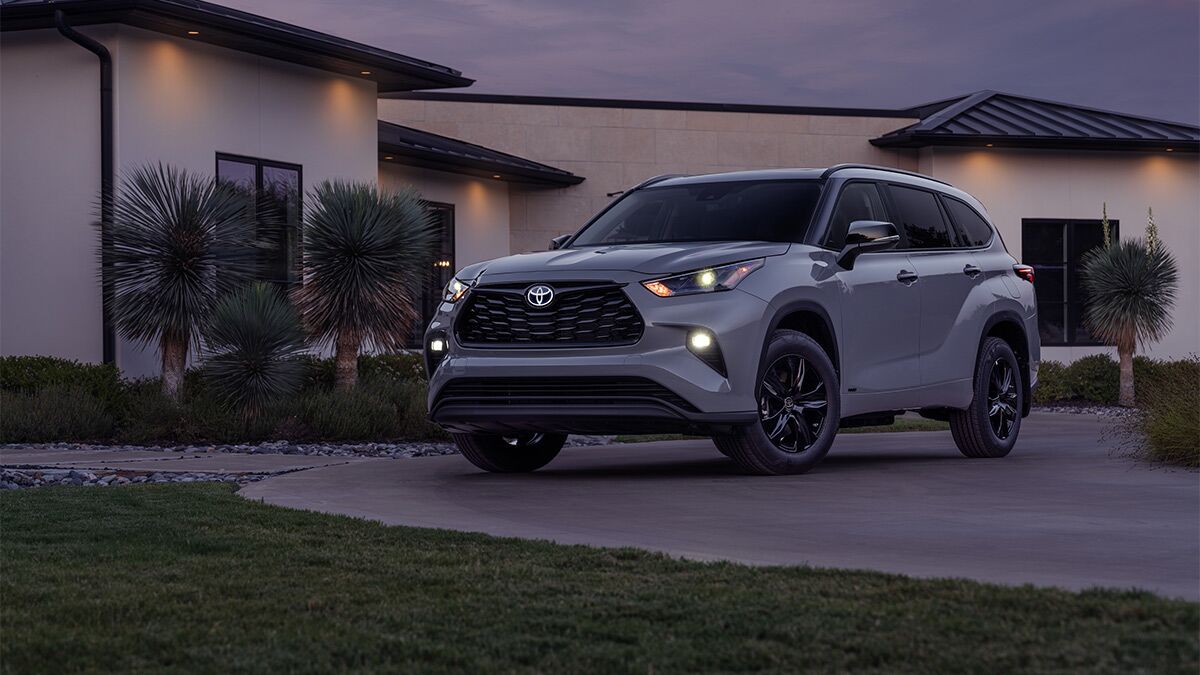
If you’re looking for dependable family transportation at a fair price, a used Toyota Highlander is one of the safest bets you can make.